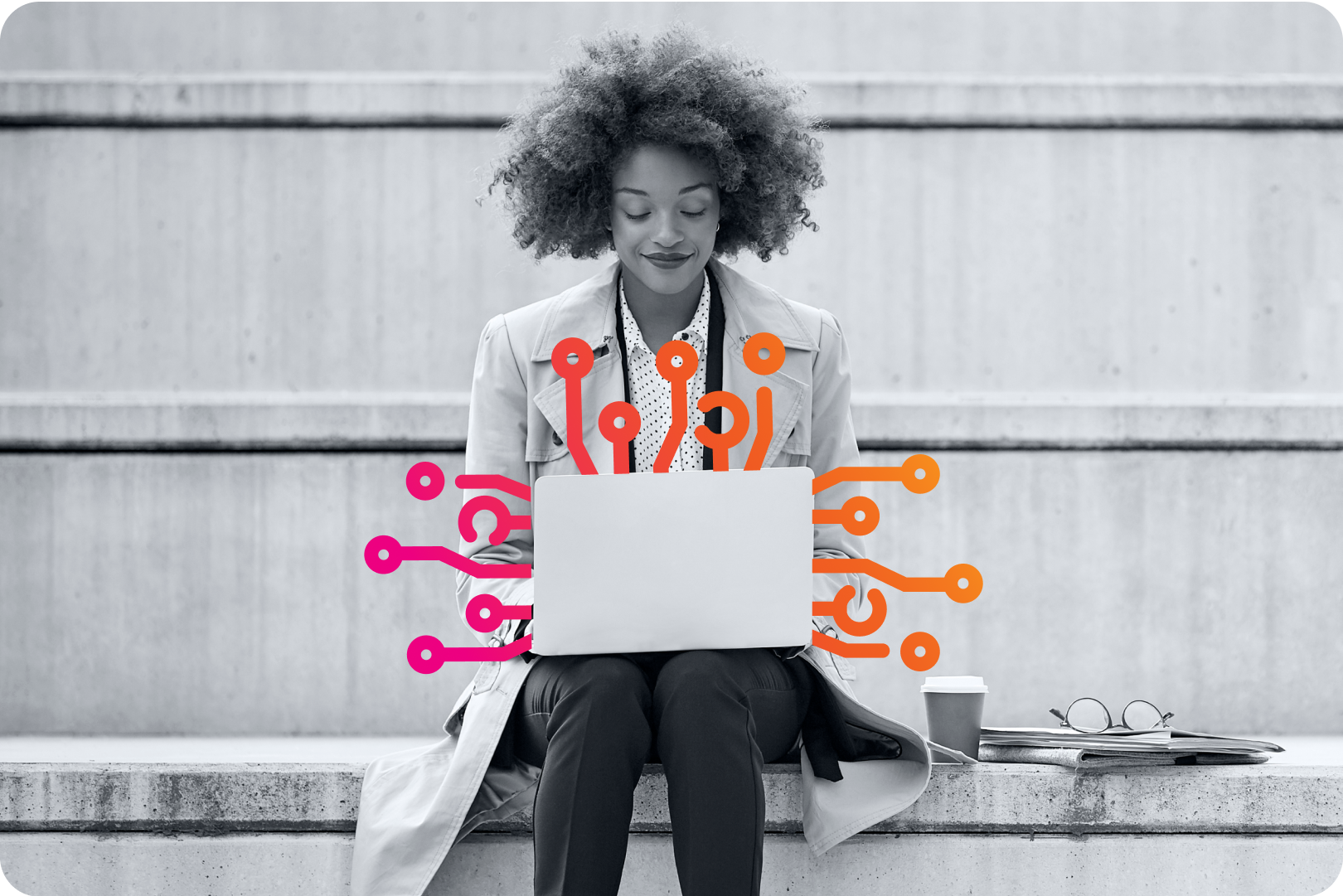The public sector historically has relied on “best practice” models to create policies and implement programs. Standardized approaches based on past successes, these models are often designed to work across a broad range of situations.
Therein lies the rub.
Best practice models can — and do — provide consistency and predictability, which are crucial elements for government operations. But such models can also lack flexibility, unintentionally leaving gaps that fail to address constituents’ unique needs.
For example, disaster response plans built around best practices, like pre-defined evacuation procedures, might not account for specific challenges, like supporting areas with high elderly populations. If the events over the past five years have taught us anything, it’s that we will continue to be confronted with novel challenges — like a global pandemic — that require fast and thorough yet nuanced solutions to protect populations quickly and efficiently.
To help public sector organizations find and implement solutions that “best fit” a problem, artificial intelligence (AI) and machine learning (ML) are becoming indispensable tools across the sector — helping solve challenges with a pragmatic, right-sized, and right-scoped approach.
From fraud detection to fire ants: The varied applications of AI/ML for the public sector
1. Fraud detection: Millions of Americans rely on state and local government administered benefits to survive. However, since the beginning of the COVID-19 pandemic, these programs have experienced an unprecedented surge in fraud attacks.
The Government Accountability Office estimated that between 11% and 15% of unemployment payments made by states during the pandemic were fraudulent — a loss totaling around $100 to $135 billion. When we look at the total cost of fraud for each state or within each program, we can only quantify the total dollars lost when there’s a means to track fraud. If an agency doesn’t have the controls in place to detect fraud, they may not know how much money is being lost.
However, by analyzing patterns and anomalies in large datasets, AI can help detect and prevent fraudulent activities in areas such as welfare programs, tax filings, and healthcare claims.
2. Disaster response: When Hurricane Ian hit Florida in late 2022, SeerAI, a geospatial artificial intelligence startup, was able to identify traversable roads and ways to navigate around debris and standing water in a matter of minutes by analyzing more than 1TB of high-resolution aerial imagery covering several thousand square miles. This helped connect emergency responders to the people who needed help more quickly.
Then a week after the storm passed, Google's AI analyzed satellite imagery to identify severely affected neighborhoods, enabling the nonprofit GiveDirectly to offer targeted financial assistance to residents in those areas. This also helped preserve the dignity of those in need by pushing funds through mobile devices and not forcing people to line up in a queue for aid.
3. Public safety: In surveillance, AI-powered systems can process vast amounts of data from sources like CCTV footage, using facial recognition and behavior analysis to detect suspicious activities in real time.
Additionally, AI's pattern recognition capabilities can — and do — uncover complex criminal networks and modus operandi, helping facilitate more efficient investigations and proactive crime prevention strategies.
4. Healthcare: AI systems can analyze vast datasets from sources like social media, news reports, and health records to monitor disease progression in real time. For instance, the HealthMap project utilizes AI to scan various data sources, providing early warnings and real-time monitoring of disease outbreaks to public health organizations worldwide.
For an example of machine learning-powered predictive analytics at work, the automated machine learning system developed by researchers from New York University’s Machine Learning for Good Laboratory and Carnegie Mellon University is designed to detect rare disease clusters, providing what’s called “pre-syndromic surveillance”. This method can then help public health providers respond more quickly and effectively in the future to unusual, novel, or fast-emerging threats to public health.
“Existing systems are good at detecting outbreaks of diseases that we already know about and are actively looking for, like flu or COVID. But what happens when something new and scary comes along? Pre-syndromic surveillance provides a safety net to identify emerging threats that other systems would fail to detect.” — Daniel B. Neill, Director of New York University’s Machine Learning for Good Laboratory, via NYU.edu.
5. Environmental protection: AI is an invaluable asset to organizations across both the private and public sector, helping organizations and governments better manage our natural resources. By processing vast amounts of data from satellites, sensors, and climate models, AI can detect and predict environmental shifts. For example, AI can analyze satellite imagery to monitor deforestation, track wildlife populations, and assess the health of ecosystems.
AI can also optimize the use of our natural resources, analyzing data on water usage, soil health, and crop yields. Smart agriculture platforms that run on AI data have also helped advance pest management, helping detect and respond to crop threats faster and more accurately.
Continuing the conversation at GovSummit
Join me at GovSummit 2024 on December 11th in Washington, DC to dig in deeper on how the public sector can continue to adopt AI to improve automation and decision intelligence. Register for this free event today, and I look forward to seeing you there.





